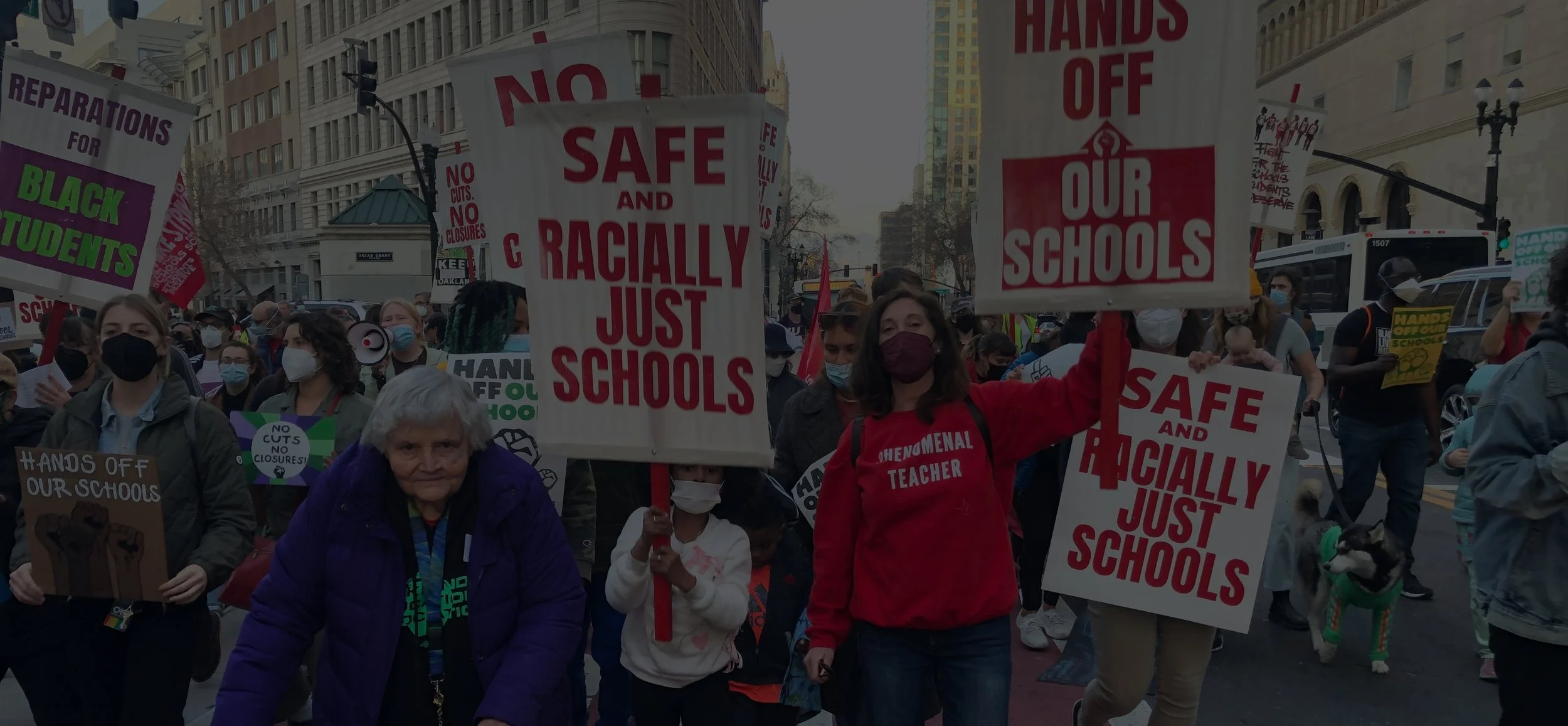Imagine if....
distance learning was more...
ethical? beautiful? effective?
We were imagining one thing and then .... We find ourselves living within the superfast shift redefining what learning looks and feels like during a pandemic.
We were imagining our culminating event would include breakfast.
We were excited to host interactive workshops and inspiring ignite talks.
We were planning on screen printing posters of our favorite thinking routines with you.
Instead --- As the leadership team is trying to take care we are also planning for our next few fellowship meetings and our culminating event on April 25th. We are fish out of water and learning to breathe anew. Digital spaces are not our happy places for envisioning and collaborating. We prefer, (by leaps and bounds) hands on immersive inquiry driven collaborative learning spaces. That said, after testing out a few platforms for our event we have landed back on zoom and will be making use of their breakout room feature as much as possible.
We guarantee it won't be perfect and We hope you will join us!
January, 2020. At one of our daylong meetings we screen printed four Agency by Design thinking routines for teachers to bring back to their schools and classrooms.
In Agency by Design’s Imagine if... thinking routine learners are asked to consider the design of an object or system and to re-design it, either to be more effective, efficient, ethical, or beautiful. Through it, learners are invited to imagine possibilities beyond their wildest imagination.
In this spirit we are taking a leap while understanding that while not as beautiful or effective as a face-to-face event Zoom does support inquiry and encourage dialogue in smaller groups. While the tiles of faces appearing online together may be visually overwhelming, sometimes with low resolution or glitchy it is the best we can do at this point in time. It might be efficient under one metric while simultaneously less... beautiful. It actually might not be ethical but exclusionary if you don't have the right device and strong bandwidth with just the right browser.
What is beautiful is that we do know is that our fellows are truth tellers with big hearts. As we are checking in on each other in phone conversations, over email or video chats it is clear we have many stories to share with you. Not all of them are about hands on making and thinking routines. Some of the stories are about the students and families that are hungry. Some of the stories are about the glitches in connectivity. Some of the stories are simply about keeping it real - holding a virtual learning space with your own children and elders in the background. We invite you to join us in this grand experiment.
Written by Susan Wolf, AbD Oakland Leadership Team Member
Below are some our fellows’ reflections on where they’ve been and what’s shifted using the thinking frame: I used to think… Now I think..
I used to think it took a village to raise a child, now I think it takes way more than just the teachers, parents and community members to make sure students have all that they need to thrive outside of the classroom.
I used to think that by offering students these spaces in which we try our best to offer them equitable teaching and experiences was good for their development, but at the moment I am seeing a lot the harm my students are having with access--and they go home to these spaces everyday during the normal school year. Being equitable in school is not enough when it does not permeate their lives.
I used to think that the way a traditional classroom looks couldn’t change very fast, but now I think that all it takes is letting teachers and communities work their magic.
I used to think our students were (sorta) proficient at computers.... now I think that I wish I had given them lessons in how to write an email + practice in checking online.....also computer access and proficiency is such an equity issue.
How are you staying playful?
What are you prototyping in this new world?
Since quarantine we have hosted two social hours for our Agency by Design Oakland teacher fellows. More casual video meetings have been one way to try out new strategies for staying connected while cultivating joy and learning.
Storytelling & Scissors: Our first community check-in to prototype our model in a virtual space, considering: How might we hold spaces online that resonate with our ethos of making?
Community Repair Circle: Sharing our research project with The Culture of Repair and Maker Ed we began by asking:
What is repair?
healing - closeness - mending - intimacy - satisfying - vexing - aggravating - reusing
Nga Nguyen and Reina Sofia Cabezas shared their research from this yearlong project. In smaller breakout groups we each introduced the item we brought to repair, telling the story of the object and why we valued taking the steps to repair it. We received tips, tricks and advice from others.











